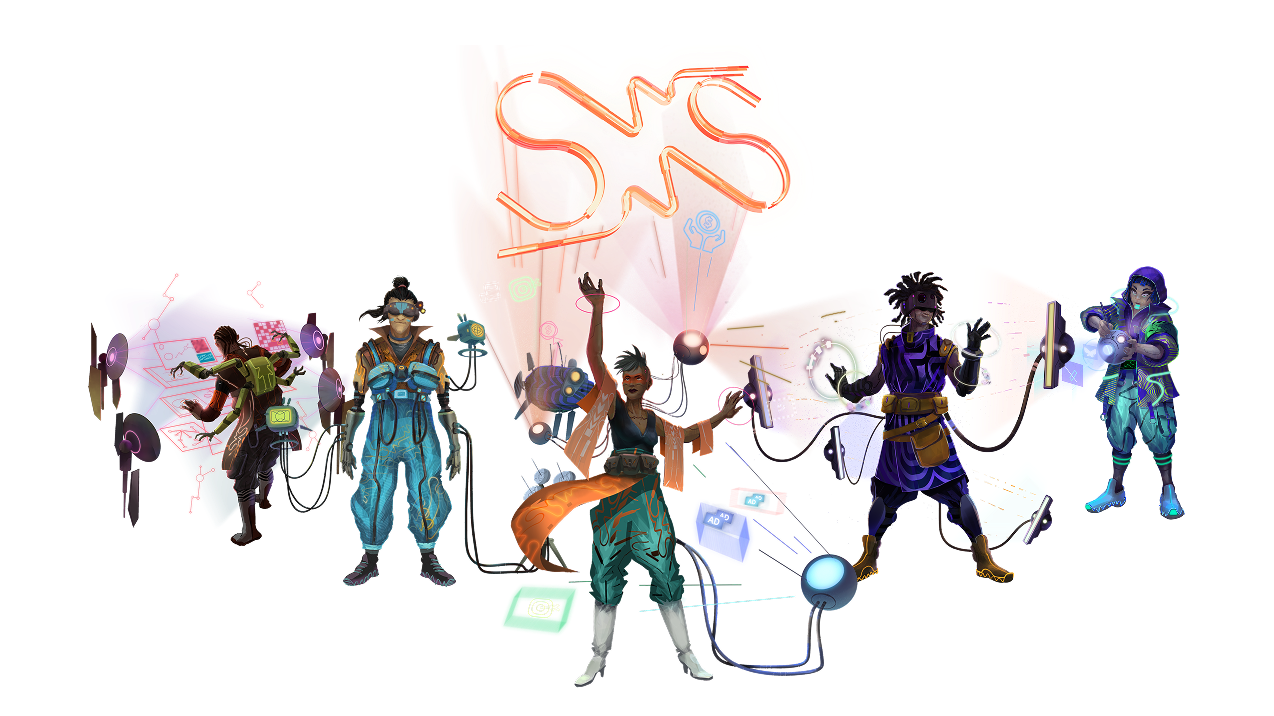
Marketing in the B2B SaaS industry is a dynamic and challenging endeavor, but with the right strategies, you can not only navigate the complexities but also achieve significant success. In this comprehensive guide, we'll delve deeper into some of the best B2B SaaS marketing strategies, providing you with actionable insights to help you educate yourself and drive results.
1. Content Marketing: Your Foundation for Success
Content marketing is the bedrock of any effective B2B SaaS marketing strategy. The goal here is to create valuable, relevant, and consistent content that resonates with your target audience. To do this effectively:
- Understand Your Audience: Start by thoroughly understanding your target audience's pain points, needs, and preferences. Develop detailed buyer personas to guide your content creation.
- Variety Matters: Diversify your content types, including blog posts, whitepapers, case studies, videos, infographics, and webinars. Each format serves a unique purpose and caters to different learning styles.
- Consistency is Key: Maintain a consistent publishing schedule to keep your audience engaged and informed. Use content calendars in tools like Excel or dedicated content management platforms to plan and organize your content.
2. Inbound Marketing: Attracting and Nurturing Leads
Inbound marketing is about drawing potential customers to your B2B SaaS product organically. Here's how you can make it work for you:
- Optimize for SEO: Use keyword research tools to identify relevant keywords for your industry. Optimize your content for search engines to increase organic traffic.
- Lead Generation: Offer valuable resources like eBooks, white-papers, or free trials to capture leads. Implement lead capture forms on your website and landing pages.
- Nurture Leads: Use email marketing automation to nurture leads through drip campaigns. Provide educational content and gradually introduce them to your product's benefits.
3. Account-Based Marketing (ABM): Personalization at Scale
ABM is a highly targeted approach that tailors marketing efforts to individual key accounts. Here's how to implement it effectively:
- Identify High-Value Accounts: Determine which accounts hold the most potential value for your business and focus your efforts there.
- Personalize Content: Create personalized content and campaigns for each target account, addressing their specific pain points and needs.
- Engage Decision-Makers: Reach out to key decision-makers within the target organizations through personalized messages and offers.
4. Social Media Marketing: Building Your Online Presence
Social media platforms are invaluable for connecting with your B2B audience. To harness their power:
- Choose the Right Platforms: Identify which social media platforms your target audience frequents most and establish a presence there.
- Share Insights: Regularly share industry insights, trends, and updates to position your brand as an authority in the field.
- Paid Advertising: Invest in paid advertising on social media platforms to expand your reach and generate leads.
5. Email Marketing: The Art of Personalization
Email marketing remains a potent tool for B2B SaaS. To maximize its potential:
- Segment Your List: Segment your email list based on factors like industry, behavior, or engagement levels to send highly personalized messages.
- Educational Content: Provide educational content in your emails, such as product guides, webinars, or case studies, to add value and nurture leads.
6. Influencer Marketing: Leverage Industry Authority
Collaborating with industry influencers can boost your credibility and reach. Here's how to do it effectively:
- Identify Relevant Influencers: Identify influencers whose audience aligns with your target market. Tools like BuzzSumo or influencer marketing platforms can help.
- Collaborate: Partner with influencers on co-created content, guest blog posts, or webinars to leverage their reach and credibility.
7. Customer Success Stories: Building Trust Through Testimonials
Customer testimonials and success stories can help build trust and credibility. Here's how to use them effectively:
- Case Studies: Create in-depth case studies highlighting how your SaaS solution has solved real problems for customers in their industry.
- Video Testimonials: Video testimonials are powerful tools for showcasing satisfied customers and their experiences.
8. Webinars and Live Events: Direct Engagement
Webinars and virtual events offer direct engagement opportunities. Use them effectively:
- Educational Webinars: Host webinars that provide valuable insights, solve industry problems, or showcase your product's features.
- Thought Leadership: Use webinars to establish thought leadership within your industry.
9. Re-marketing: Nurturing Prospects Who Almost Converted
Re-marketing targets leads who visited your website but didn't convert. Here's how to approach it:
- Display Ads: Use display ads to retarget these leads, reminding them of your value proposition.
- Incentives: Offer incentives, such as discounts or extended trials, to encourage prospects to take action.
10. Continuous Optimization: Data-Driven Decision Making
Continuous optimization is crucial for long-term success. Here's how to implement it:
- Key Metrics: Monitor key performance indicators (KPIs) like conversion rates, CAC, CLTV, and churn rate.
- A/B Testing: Conduct A/B tests on various elements of your campaigns, such as email subject lines, landing page designs, or ad creatives.
- Adapt and Refine: Use data-driven insights to adapt and refine your strategies, ensuring they align with changing market conditions.
These B2B SaaS marketing strategies can help you navigate the ever-evolving landscape of the industry. By understanding your audience, leveraging the power of content marketing, inbound marketing, ABM, social media, email, influencers, customer success stories, webinars, remarketing, and continuous optimization, you'll be better equipped to drive growth and success in the competitive B2B SaaS space. Remember that education and adaptation are key to staying ahead of the curve in this dynamic field.
Find a B2B SaaS Expert
We've collected a directory of B2B SaaS experts and agencies that we've reviewed and categorised based on service and specialism for your review.









